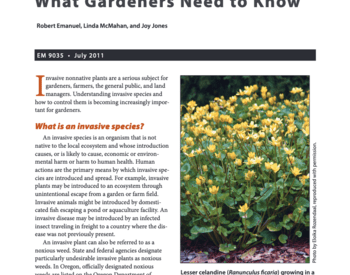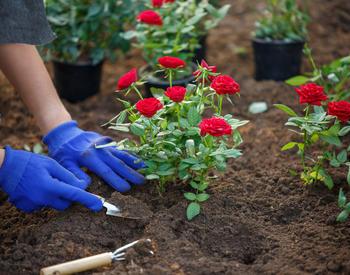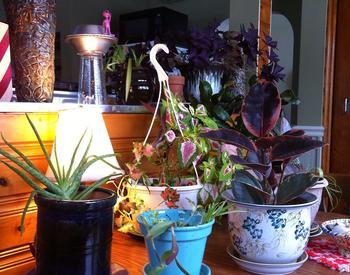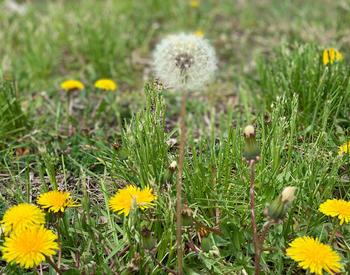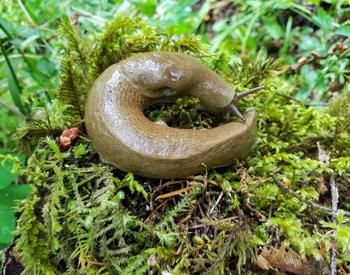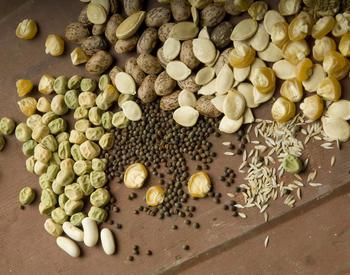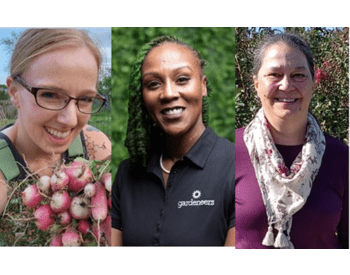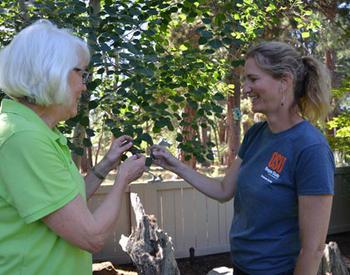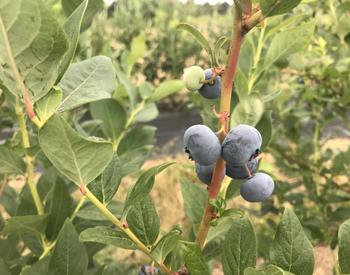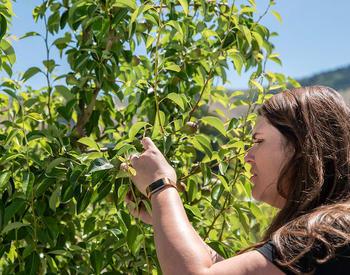Trees and shrubs play important roles in maintaining a healthy aquatic environment. Bare-root native plants are an economical way for gardeners to contribute to the health of ecosystems and watersheds.
Plant selection
To find available native tree and shrub seedlings, consult a directory of native plant nurseries. Select bare-root materials that have healthy tops, good color and full, extensive root systems. Bare-root seedlings of 2- to 3-year-old plants come from the nursery in a bag or box. And while they are affordable because of their small size, they also require careful handling.
Handle bare-root plants with care
Bare-root plants need to be kept cool and moist and should be planted within a day or two of obtaining them. It is important to have a plan in mind and the site prepared before heading out into the field.
When you’re getting ready to plant, dip the roots into water to rewet them, then place them into an empty bucket to shelter them. Don’t place water in the bucket, or you’ll drown the roots. Prepare just enough plants for about one hour’s worth of work.
Planting techniques — a big hole isn't needed
Loosen up the soil to break it up. Rather than a big hole, what you need is an opening that’s just large enough to accommodate the roots in a somewhat natural position. Place the seedling into the ground so that the roots hang down and the plant is at the same level as it was at the nursery. Use the shovel to push soil back into the hole around the roots. Give a little press to help anchor the plant into place.



